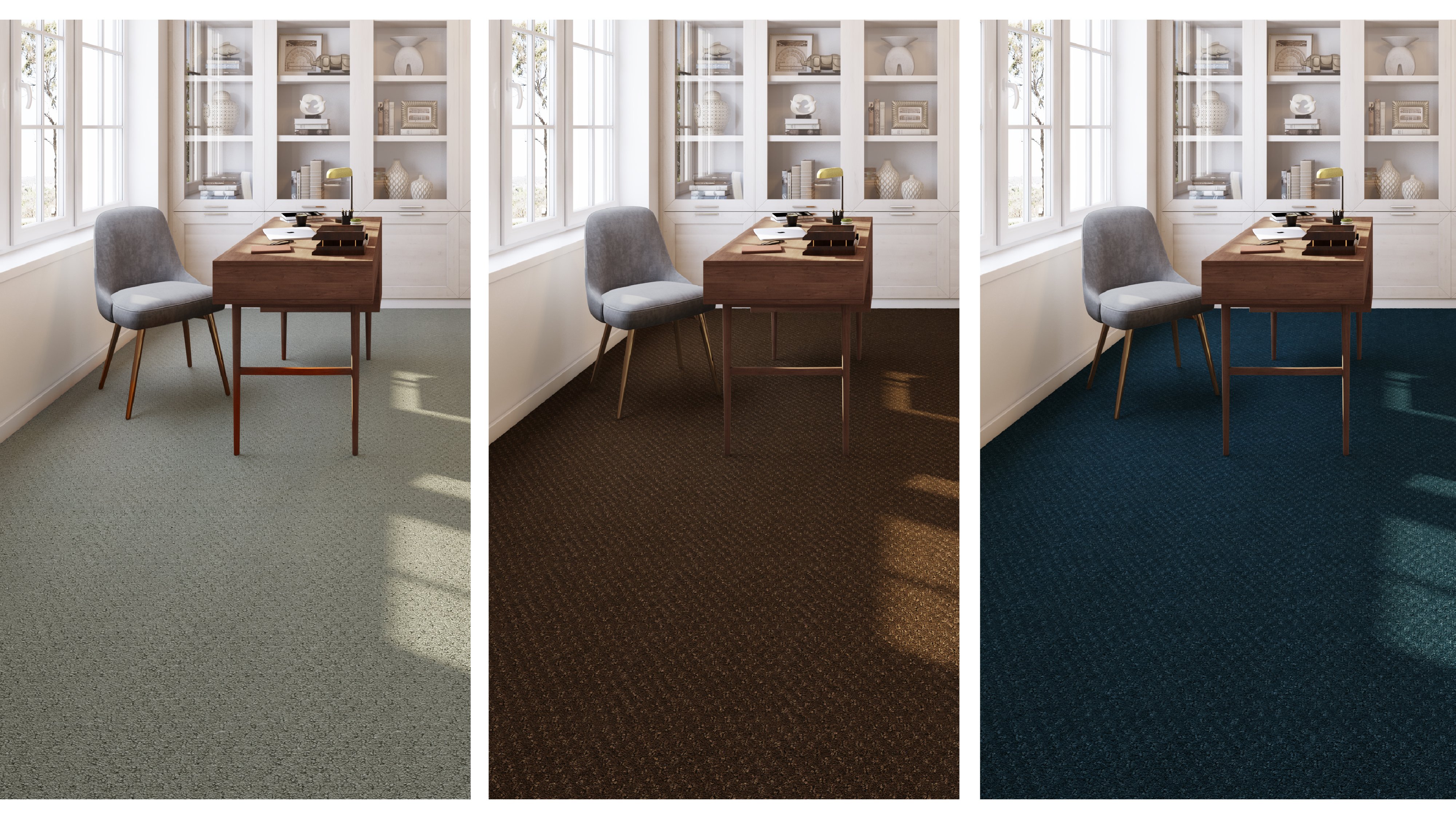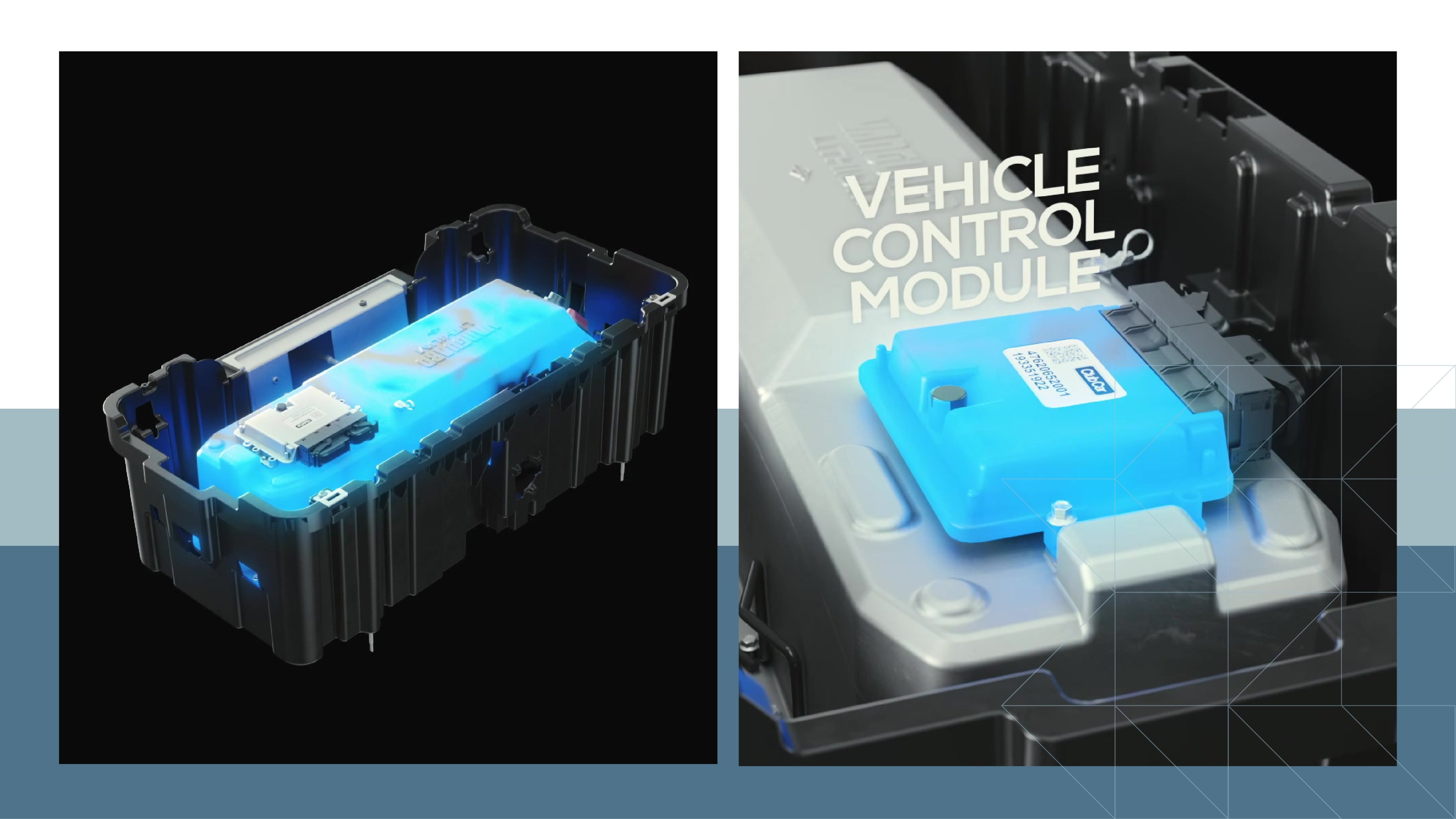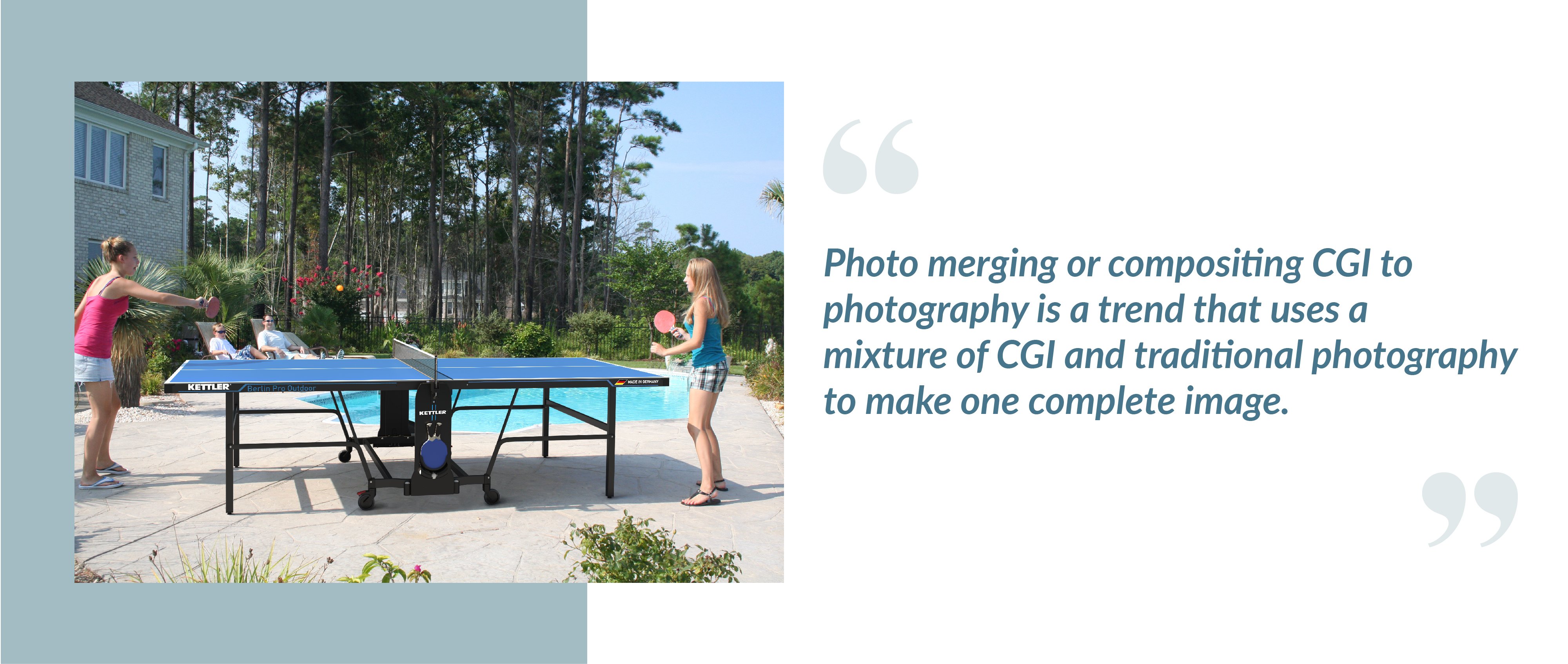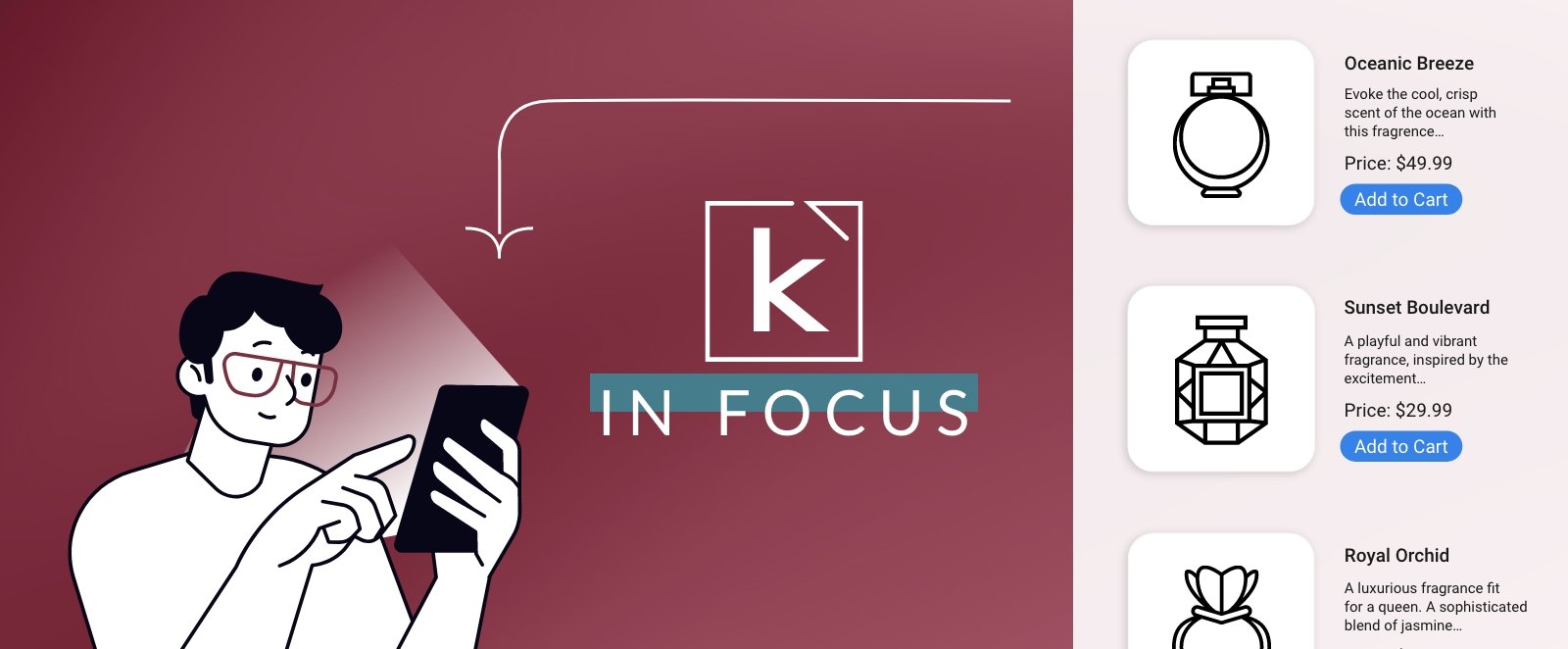
Computer-generated imagery (CGI) has been around for decades; however, in recent years CGI has taken a front seat for marketing materials. Today we will unveil some of the ways in which our clients use CGI. Additionally, we’ve included a link to a new white paper debunking myths about CGI and further discussing how it can be used in marketing.
Our team works closely with clients to find the best way possible to execute on their marketing plans and use their budgets efficiently. This blog covers four recent CGI trends our team is seeing.
1. Products that come in multiple collections or colorways, product lines whose finishes or textures have more than one option, or needing the ability to show many different camera angles of the same product while using the same environment.
Several of our home improvement/home fashion clients are using CGI this way. They have multiple colorways of a particular product that need to be shown in the same environment, such as a residential interior or commercial exterior setting. Our CGI team helps our clients achieve these goals. Recently, we delivered more than 900 CGI images to a client that had diverse colorways and collections and needed multiple residential interior environments that could be used again and again so the consumer could see the subtle difference between finish and texture variations.

2. Anamatics, or applying motion to CGI images.
Video that includes animating a CGI environment or product helps consumers understand how a product will operate or perform. These videos are extremely helpful for consumers to understand functionality if they are faced with just an arrow in a user manual that points to something. Think of appliances—perhaps a refrigerator in a 360° view and then with the door open, explaining where the water filter might be and how to replace it. Generally, consumers don’t mind if there isn’t a real person explaining this in the video—a simple animation with some wording will help solve the pain point. Consumers aren’t worried about CGI rendering—they just want their new water filter installed properly.

3. Concept or prototype products that have not been manufactured or crossed the production line. Similarly, location shoots that are too costly for the client’s budget.
CGI is helpful in these instances and can be a cost-effective alternative. A company may only have one or two physical products or product concepts on hand. These can be quickly photographed, even with a phone camera, and then modeled with CGI. Renders can rarely be identified next to their photography counterparts. Prototypes—and shipping them around the country—are expensive. This is an excellent opportunity to use CGI to achieve your marketing goal.
Additionally, location shoots to capture the ultimate setting for your products can have a big price tag and take up valuable time when working toward a product launch. Another opportunity for CGI. Instead of hunting and paying for that location, hiring a photography and/or video crew, and sending interested product managers, your marketing team, or other employees to the location, it may be more cost effective to utilize a CGI environment. These are all things to consider when planning your marketing assets.

4. Photo merging or compositing CGI to photography—using some parts CGI and some parts traditional photography to make a complete image.
Similar to the prototype trend, this concept can also be used in similar situations. For example, a client with a new game table could have the actual product created digitally and rendered via CGI. Then that client wants its product placed in various different environments. But that’s not all—the client would also like to see talent interacting with the product in those artificial environments. In this instance, both the game table and the environments would be created via CGI. The talent or human models would be captured via traditional photography. Lastly, our team would composite both the final CGI renders and the talent photography together to create a complete, marketable image.

With CGI, your marketable assets are only as limitless as your creativity. The team at Kreber can help you figure out what works best for your company’s vision.
Still have more questions, check out our CGI Expertise Gap white paper for more information.
Kreber Has the Expertise You Need
With more than 100 years of experience, we’ve built a reputation for our hard work and dedication to delivering creative ideas and positive outcomes for retail and B2B clients. As an independent content marketing agency with a history of thinking ahead, we create and grow opportunities that allow our partners to thrive. We take pride in our mission to Think, Create, and Deliver compelling content that’s visually stunning, innovative, and purpose-driven within the creative market. We use our century’s worth of industry knowledge to help our clients save time and money, execute successful campaigns, utilize technology, and handle the strategy, planning, creation, management, and distribution of advertising and marketing content. From print and digital content marketing to social media marketing and everything in between, we’re the advertising agency of choice to bring any vision to life.


